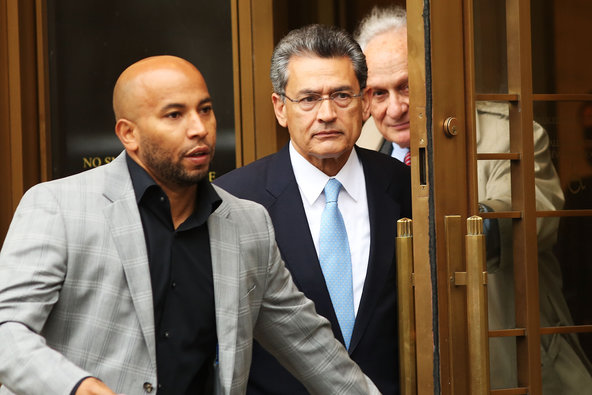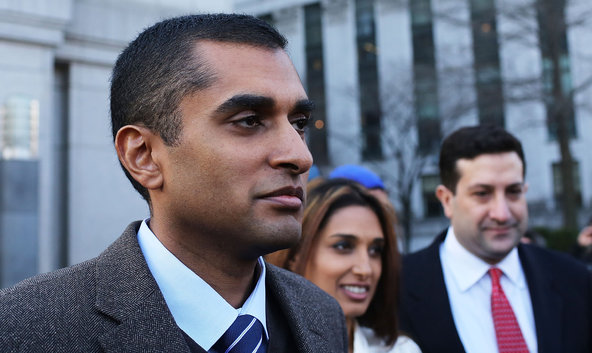The two students, both women, were believed to have been seated toward the back of the Asiana Airlines passenger jet when it crashed Saturday at San Francisco International Airport, the president of airlines, Yoon Young-doo, said Sunday. At least 180 people were injured.
As federal investigators begin trying to determine what caused the crash, Mr. Yoon said Asiana Airlines did not believe there was anything wrong with the Boeing 777, which had been purchased in 2006.
“So far, we don’t believe that there was anything wrong with the B777-200 or its engine,” he said. He also apologized for the crash, saying, “We are deeply sorry for causing the trouble.”
The flight had originated in Shanghai and left Seoul for San Francisco, the South Korean Ministry of Land, Infrastructure and Transport said. The two students, Chinese media reported Sunday, were from Zhejiang province in eastern China. Of the 291 passengers on board, 141 were Chinese, including at least 70 students and teachers on their way to summer camps, Chinese media reported.
Asiana Airlines identified the two students as Ye Meng Yuan and Wang Lin Jia.
Smoke billowed out of holes in the fuselage of the Boeing 777 on Saturday afternoon as firefighters rushed to douse the wreckage and passengers scrambled to safety down inflated escape chutes. The plane’s tail, landing gear and one of its engines were ripped off.
“It hit with its tail, spun down the runway, and bounced,” said one witness, Stefanie Turner, 32. Despite incredible damage to the plane, left dismembered and scarred, with large chunks of its body burned away, many of the 307 aboard were able to walk away on their own.
Joanne Hayes-White, the San Francisco fire chief, said 182 people were injured and 123 were unhurt.
“We observed multiple numbers of people coming down the chutes and walking to their safety,” Chief Hayes-White said. At least five people were listed in critical condition at hospitals. The chief said the two bodies were discovered on the runway and that several passengers were found in San Francisco Bay, where, she said, they may have sought refuge from the fire.
One passenger, a South Korean teenager wearing a yellow T-shirt and plaid shorts, said that the plane “went up and down, and then it hit the ground.”
“The top collapsed on people, so there were many injuries,” he said, referring to the overhead luggage compartments, before an airport official whisked him back into the Reflection Room, a quiet center in the airport for thought and meditation.
The crash comes after a remarkable period of safety for airlines in the United States. It has been four and a half years since the last airline crash — a safety record unmatched for half a century. That accident involved Colgan Air Flight 3407 (operating as Continental Connection Flight 3407), which crashed on approach to Buffalo International Airport, killing 50 people, including one on the ground on Feb. 12, 2009. Globally, as well, last year was the safest since 1945, with 23 deadly accidents and 475 fatalities, according to the Aviation Safety Network, an accident researcher.
San Francisco General Hospital, the city’s trauma center, had received 52 patients as of 8:40 p.m. Eastern time on Saturday, according to Rachael Kagan, a hospital spokeswoman.
Dr. Chris Barton, the chief of emergency services at the hospital, said, “We have seen a lot of patients with spinal injuries.” He said those injuries included spinal compression and burst vertebral bodies, the largest part of the vertebra.
Doctors also saw patients with fractures of their long bones and blunt-force injuries to the head and abdomen.
Some patients had been discharged, but the hospital provided no details.
The National Transportation Safety Board said it had dispatched a team to from Washington to investigate, and declined to speculate as to a cause of the crash. But witnesses said that the plane approached the airport at an awkward angle, and it appeared that its tail hit before it bounced down the runway. When it stopped, they said, passengers had scant time to escape before a blaze burned through the fuselage.
“I looked up out the window and saw the plane coming in extremely fast and incredibly heavy,” said Isabella Lacaze, 18, from Texas, who saw the crash from the San Francisco Airport Marriott Waterfront.
“It came in at a 30- or 45-degree angle and the tail was way, way lower than the nose,” said another witness, Ms. Turner.
“I remember watching the nose go to the ground and the tail way up in the air and then the tail back to ground hard,” Ms. Lacaze said. At that point, she said, the tail snapped off and the rest of the plane skidded down the runway.

Norimitsu Onishi reported from San Francisco, and Ravi Somaiya from New York. Reporting was contributed by Vindu Goel, John Markoff and Somini Sengupta from San Francisco; Christopher Drew, Jad Mouawad, Marc Santora and Michael Schwirtz from New York; Matthew L. Wald from Washington; and Choe Sang-hun from Seoul, South Korea. Susan Beachy contributed research.
Article source: http://www.nytimes.com/2013/07/08/us/san-francisco-plane-crash.html?partner=rss&emc=rss

